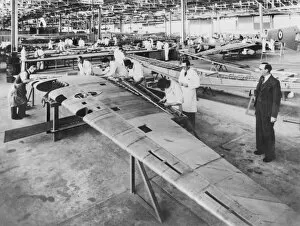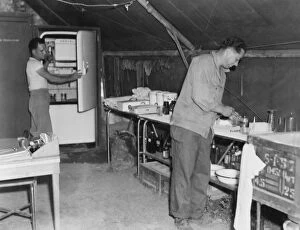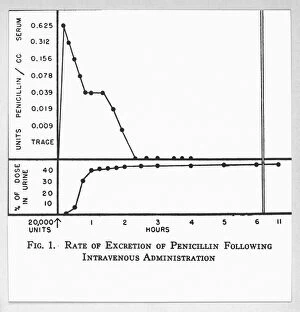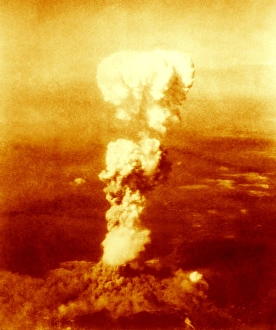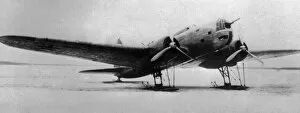2nd World War Collection (page 46)
"Remembering the Heroes: A Glimpse into the 2nd World War" In 1942, amidst the chaos of war, Winston Churchill stood tall, making his famous V for Victory sign
All Professionally Made to Order for Quick Shipping
"Remembering the Heroes: A Glimpse into the 2nd World War" In 1942, amidst the chaos of war, Winston Churchill stood tall, making his famous V for Victory sign. His unwavering determination inspired a nation to fight against tyranny. The Renown, Ark Royal, and Sheffield sailed bravely through treacherous waters from 1939 to 1941. These mighty vessels symbolized British resilience in the face of adversity. The Westland Lysander soared through the skies in 1941, its unknown creator crafting a masterpiece that aided in daring rescue missions behind enemy lines. Eric Ravilious captured a unique perspective on a wartime runway in 1944. His artwork depicted both hope and uncertainty as planes took off towards an uncertain future. Bernard Law Montgomery commanded the valiant soldiers of the 8th Army with great skill and courage in 1942. Sir John Alexander Hammerton's art immortalized this iconic leader alongside other unknown heroes who fought selflessly for freedom. RAF bomber pilots risked their lives daily during intense air battles in 1941. Their bravery knew no bounds as they defended their homeland from aerial threats. HMS King George V proudly sailed into Sydney Harbor in Australia during its victorious journey in 1945. This British battleship represented strength and unity among allies. In Soviet Russia, Pe-2 bombers flew fearlessly under skilled pilots' command; their contributions were crucial to turning tides on Eastern Front battlefields during WWII's darkest days of despair. Chas Brown's depiction of Supermarine Spitfire Mk Vb showcased Britain's technological prowess and unmatched aerial superiority against Nazi aggression throughout Europe in 1941. Alexander Yakovlev designed aircraft that pushed boundaries and revolutionized aviation technology during this global conflict—his innovations played a pivotal role on various fronts across continents. P-51 "Mustang" fighter planes prepared for combat under the watchful eye of Alfred T Palmer in 1942.







